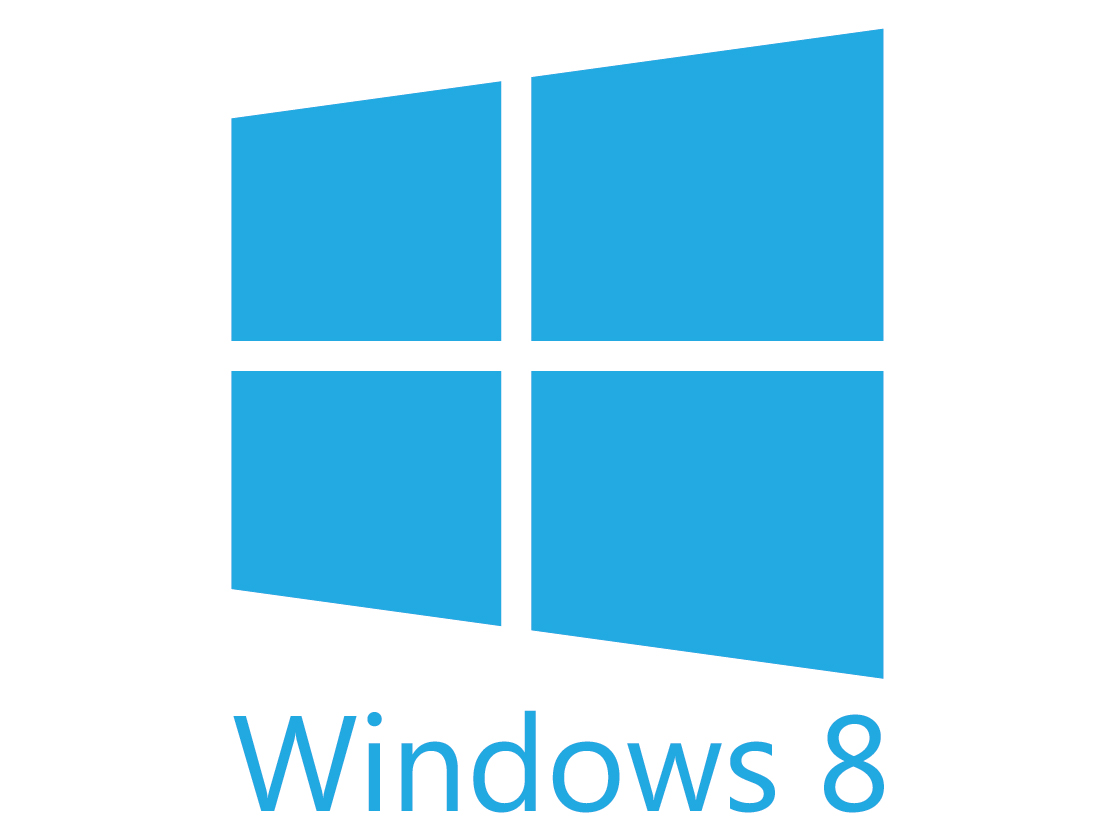Windows 8.1 May Not Arrive Until Mid-October
Hot on the heels of Monday's report stating that a build of Windows 8.1 has been shipped off to OEMs for testing, sources are now telling ZDNet that consumers likely won't see the actual completed update until mid-October. This will be both for general availability of the 8.1 update as well as new hardware running the updated platform.
Windows 8.1 is supposedly now feature locked, meaning Microsoft doesn't plan to make any changes to Windows 8.1 save for what stems from OEM feedback and additional bug fixes. However, sources told ZDNet that Microsoft is on track to finalize the platform in the last week of August -- two weeks from now. Microsoft even stated last month that it planned to release RTM code to OEMs by August's end.
Last year Microsoft went RTM with Windows 8 on August 1, and then released the RTM bits to TechNet and MSDN subscribers in mid-August -- consumers didn't get the final version until late October 2012. For Windows 8.1, sources claim that Microsoft has no plans to follow the same schedule. Instead, Microsoft may release the final bits to existing Windows 8.1 Preview users shortly after RTM, as the company previously hinted that it actually wanted to shorten the span between RTM and general availability.
ZDNet points out that the Windows 8.1 Preview build has been rather buggy since its release, but Microsoft has also been dishing out patches on a regular basis. By holding on to the full RTM build until October, Microsoft can iron out the remaining RTM bugs and serve up patches to the Preview users. Microsoft is also expected to release a rather large update to the post-RTM code before it becomes generally available anyway. Thus in October Microsoft will likely release the final bits to Preview users and the full-blown package to those who elected to wait.
The most recent pre-escrow build of Windows 8.1 is 9471 which reveals that Skype will be pre-installed on machines with the new updated platform. Microsoft's Help & Tips app, which was revealed in June but not included in the Windows 8.1 Preview, also makes a partial appearance, providing video clips on how to use the company’s cloud storage, how to navigate the new Modern UI interface, and more.
The build also shows that Microsoft has updated core apps with better navigation. A narrow bar reportedly stretches across the top or bottom screen and features three dots on the right side, similar to what Microsoft does with Windows Phone 8 apps. These dots indicate that there are additional menu options that can be accessed by right-clicking on the screen, or by swiping from the top or bottom of the display or touchpad.
Get Tom's Hardware's best news and in-depth reviews, straight to your inbox.

Kevin Parrish has over a decade of experience as a writer, editor, and product tester. His work focused on computer hardware, networking equipment, smartphones, tablets, gaming consoles, and other internet-connected devices. His work has appeared in Tom's Hardware, Tom's Guide, Maximum PC, Digital Trends, Android Authority, How-To Geek, Lifewire, and others.
-
w8gaming I wonder for those people who have purchased a 32Gb or 64Gb W8 device, how much free space will be required in order to uprade from W8 to W8.1? Previous Windows upgrade has required almost 20Gb free space available, which will be pretty tight on such devices or even impossible. Time for MS and the vendors to phased out all these low capacity model and offer at least 128Gb in every device. Or unless MS has invented a new way to upgrade that does not require a lot of free space.Reply -
Azn Cracker ^yea i just bought a dell latitude 10 tablet with 32 gb. (runs windows 8 pro)Reply
most of it is already going to the os. wonder if i will be able to update -
Azn Cracker ^yea i just bought a dell latitude 10 tablet with 32 gb. (runs windows 8 pro)Reply
most of it is already going to the os. wonder if i will be able to update -
SteelCity1981 You should have at least 120gb SSD now of days that will suit most casual user needs with space and performance.Reply -
InvalidError An OS install disk/image bloated with video tutorials on how to use Microsoft's online services and a bunch of features I probably do not even want in the first place? yay.Reply -
DjEaZy ... remember, when at the launch of Windows 7, ms taunted Windows XP mode? I do wish, that something like that would be in this - a Windows 7 mode...Reply -
digiex "Windows 8.1 May Not Arrive Until Mid-October"Reply
They have to polish it until it's "blemish" free.
